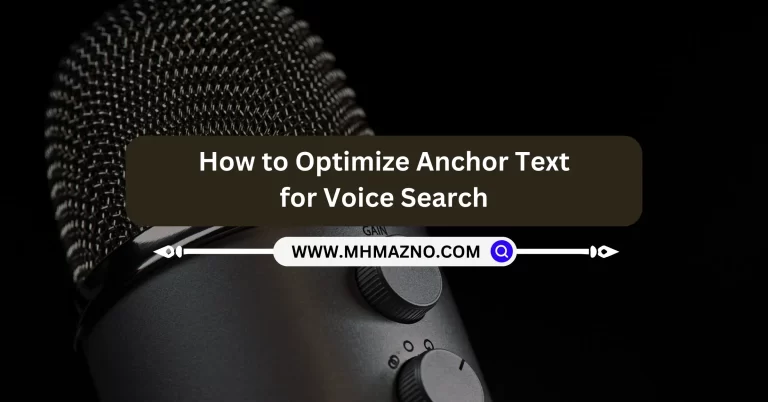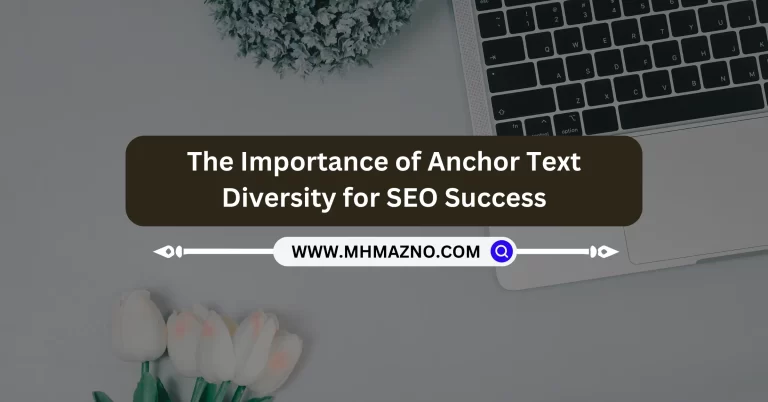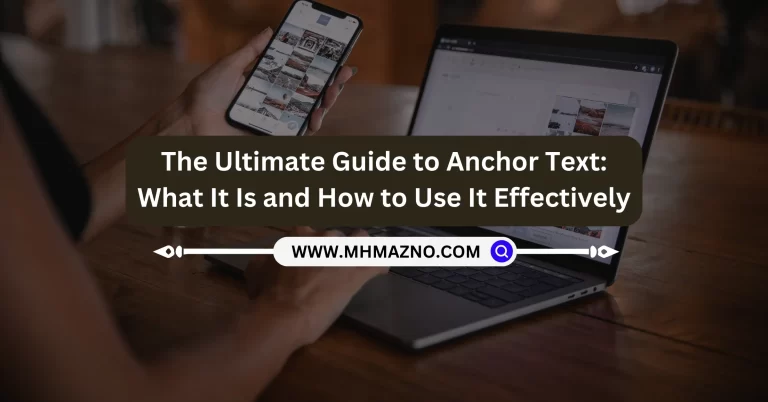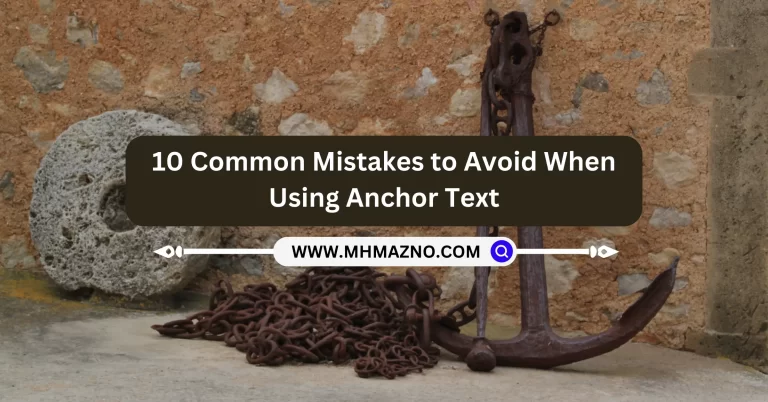In today’s digital landscape, voice search is becoming increasingly prevalent, revolutionizing the way users interact with search engines. As more people rely on voice assistants like Siri, Alexa, and Google Assistant to find information, it’s essential for website owners to optimize their content accordingly. In this comprehensive guide, we’ll explore how to optimize anchor text for voice search, ensuring your website remains competitive in this evolving search landscape.
Voice search has transformed the way users interact with search engines, presenting new challenges and opportunities for website owners. As the adoption of voice-enabled devices continues to rise, optimizing anchor text for voice search has become imperative for maintaining visibility and relevance in search engine results pages (SERPs).
1. Understanding Voice Search and Anchor Text Optimization
Voice search involves using spoken commands to conduct searches on devices like smartphones, smart speakers, and other voice-enabled devices. Optimizing anchor text for voice search requires understanding the unique nuances of voice queries and tailoring your content accordingly.
2. Incorporating Long-Tail Keywords into Anchor Text
Long-tail keywords are longer and more specific phrases that are often used in voice searches. Incorporating long-tail keywords into your anchor text can help your content rank higher for voice search queries, as they better match the natural language used in spoken queries.
3. Answering Questions with Descriptive Anchor Text
Voice searches often take the form of questions, such as “What are the best restaurants near me?” or “How do I tie a tie?” Utilize descriptive anchor text that directly answers these questions to increase the likelihood of your content being featured in voice search results.
4. Optimizing for Local Voice Searches
Many voice searches are location-based, with users seeking information about nearby businesses, attractions, or services. Optimize your anchor text with location-specific keywords and phrases to cater to local voice search queries and improve your visibility in local search results.
5. Structuring Content for Featured Snippets
Featured snippets are concise, direct answers that appear at the top of search results, often in response to voice queries. Structuring your content in a way that provides clear, concise answers to common questions can increase the likelihood of your content being featured in voice search results.
6. Providing Clear Calls to Action
Voice searches are often conducted with the intent of taking immediate action, such as making a purchase, booking a reservation, or finding directions. Use anchor text that includes clear calls to action to guide users towards the desired action, such as “Call now,” “Book appointment,” or “Get directions.”
7. Monitoring Performance and Refining Strategies
Regularly monitor your website’s performance in voice search results and analyze the effectiveness of your anchor text optimization strategies. Use tools like Google Analytics and Google Search Console to track changes in rankings, traffic, and user engagement, and refine your approach accordingly.
8. Addressing Voice Search FAQs
Voice Search FAQs provide answers to common questions about optimizing anchor text for voice search:
1. How do I optimize anchor text for voice search?
Optimize anchor text for voice search by incorporating long-tail keywords, answering questions directly, optimizing for local searches, and structuring content for featured snippets.
2. What types of anchor text are effective for voice search?
Effective anchor text for voice search includes long-tail keywords, descriptive phrases that answer questions, location-specific keywords for local searches, and clear calls to action.
3. How can I track my website’s performance in voice search results?
Monitor your website’s performance in voice search results using tools like Google Analytics and Google Search Console. Track changes in rankings, traffic, and user engagement to assess the effectiveness of your optimization strategies.
4. What are some best practices for optimizing anchor text for voice search?
Best practices for optimizing anchor text for voice search include incorporating long-tail keywords, answering questions directly, optimizing for local searches, structuring content for featured snippets, and providing clear calls to action.
5. How often should I update my anchor text for voice search?
Regularly review and update your anchor text for voice search to adapt to changes in search algorithms, user behavior, and industry trends. Monitor performance metrics and refine your strategies accordingly to maintain competitiveness in voice search results.
Related Articles





